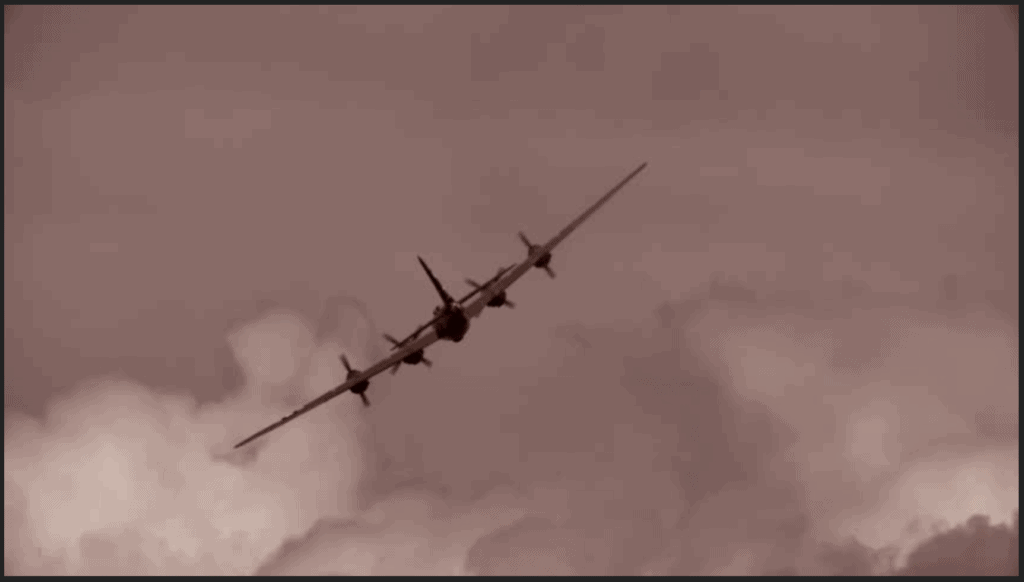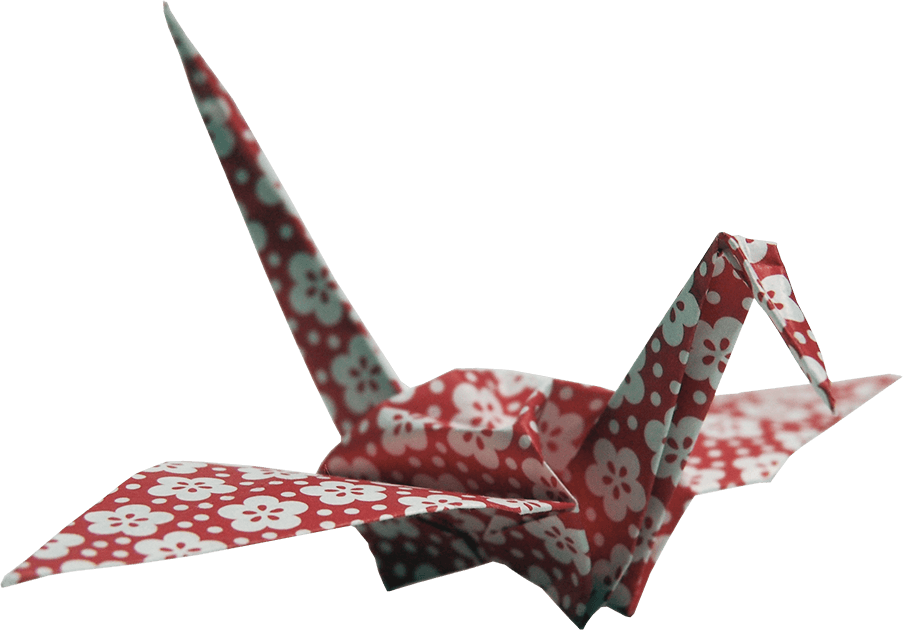Something’s been gnawing at me for the past few weeks. And today it came to light while viewing it through a historical lens.

On August 6, 1945, seventy-six years ago today, an American propeller-driven bomber plane called the Enola Gay dropped a nuclear warhead over Hiroshima, Japan. Upon impact, the bomb instantly destroyed a city and approximately 80,000 civilians. Three days later, another nuclear bomb devastated the city of Nagasaki, wiping out another 40,000 lives. It’s no hyperbole to call these bombings apocalyptic.
Japan surrendered to the Americans, spelling the end of World War II. But the death toll continued to rise in the following weeks and months with the aftereffects of burns, injuries, radiation sickness. In the following years, cancer and leukemia and other diseases attributable to radiation continued to take lives of those who had been in the blast zones. In total, the deaths of more than 230,000 people can be attributed to these two bombings. In addition, countless citizens who survived with no apparent physical symptoms suffered PTSD. The sight of any bomber plane could undoubtedly trigger symptoms in any survivor from Hiroshima or Nagasaki.
Wars still happen. And we still fly warplanes over cities even during peaceful times.
Last month, on the afternoon of Saturday July 17, I was in my front garden in North Saanich, British Columbia, with my partner and a close friend, when we heard a jet. We live near Victoria International Airport (YYJ) so we’re accustomed to hearing takeoffs and landings when the wind’s blowing our way. But this was no routine jet engine sound. The volume increased suddenly and rapidly, and we looked up to see a fighter jet right over our house, disappearing into the trees, followed by a roar that caused us all to cover our ears. In seconds, it was over, and I stood there, stunned. But less than half a minute later, the noise returned as the plane circled back, and I thought to myself, “There’s going to be a crash.” This was no logical thought; my instinct was to run and seek shelter, but I was frozen and couldn’t move. Animal reflexes would not have saved me, had this been war. And then, as quickly as it had come, it was gone, and I could hear the birds singing. But I was shaken. Literally.
I live with PTSD. I didn’t get it from a plane crash or seeing my city or my family being bombed. But the deafening roar and the sight of a warplane triggered my nervous system into freezing, crying and shaking. Our friend, who’s from the Middle East, and frequently tells us how safe he feels in Canada, was also left feeling uneasy.
Afterwards, we all chalked it up to random military practice. But the next day I was out on a hike and heard another roar. I froze in my tracks once more, but this time I was lucky enough to not be under the flight path. Later at home I did a quick internet search and learned about Operation Inspiration, including the planned flyover of an entire CF-18 fighter jet team the following day, July 19. This campaign, begun by the Snowbirds (Canada’s air force demonstration team) last year in the first months of the COVID-19 pandemic, is meant to honour the front-line workers and to uplift Canadians everywhere. I couldn’t make the connection. Needless noise pollution, gratuitous carbon emissions, and taxpayer dollars to fly planes so that we can all feel better. It made even less sense when I learned that, ironically, on May 17th of last year, only a few weeks into this campaign, one of team’s planes went down moments after takeoff, and crashed in the middle of a residential neighbourhood in Kamloops, BC, killing Captain Jennifer Casey and injuring pilot Captain Richard MacDougall, who landed on the roof of someone’s home. Suddenly it didn’t seem so far-fetched that I feared a plane crashing onto my house.
Now I assumed that the fighter jet I witnessed on July 17 was on a practice flight for Operation Inspiration. More searching turned up no such details, even on government web pages, and YYJ couldn’t help me. Finally, I got in touch with a spokesperson with the CF-18 Demo Team, who informed me that on July 17 the aircraft in question had been on an ordinary training flight to Victoria International Airport from Cold Lake, Alberta, at least a thousand kilometres by air. Unconnected to Operation Inspiration, but it certainly drew my attention to the event.
As a pacifist, I don’t support the military, although I have friends in the forces and I understand and respect their beliefs around keeping peace. So I am somewhat conflicted. But what I’m not conflicted about is the appropriateness of Operation Inspiration. I understand that some people are awed, entertained, and even moved by the sight of jets manoeuvring deftly, flying in tight formation, something that takes a lot of skill. But, the flight path on these aerial shows flights is over HOSPITALS, and that included over half a dozen local hospitals on the Saanich Peninsula, in Victoria, and farther north up Vancouver Island. It’s a misguided gesture, I believe, to honour anyone by flying loud military aircraft over buildings where people are supposed to be healing from physical, emotional, and mental trauma. I shake my head at the irony. Trauma is at the heart of so many issues that concern us right now, individually and as a nation, so it’s time for our military to reassess their policies, at the very least the ones that involve citizen outreach, like Operation Inspiration.
I have nothing against the individuals who work to keep us safe. But there’s something wrong if displays of military might are entertaining to us, and if we think they’re an appropriate or relevant way of thanking other people for doing their part to keep us safe. It’s disrespectful, wasteful, insensitive, and I struggle to find the inspiration in it.
